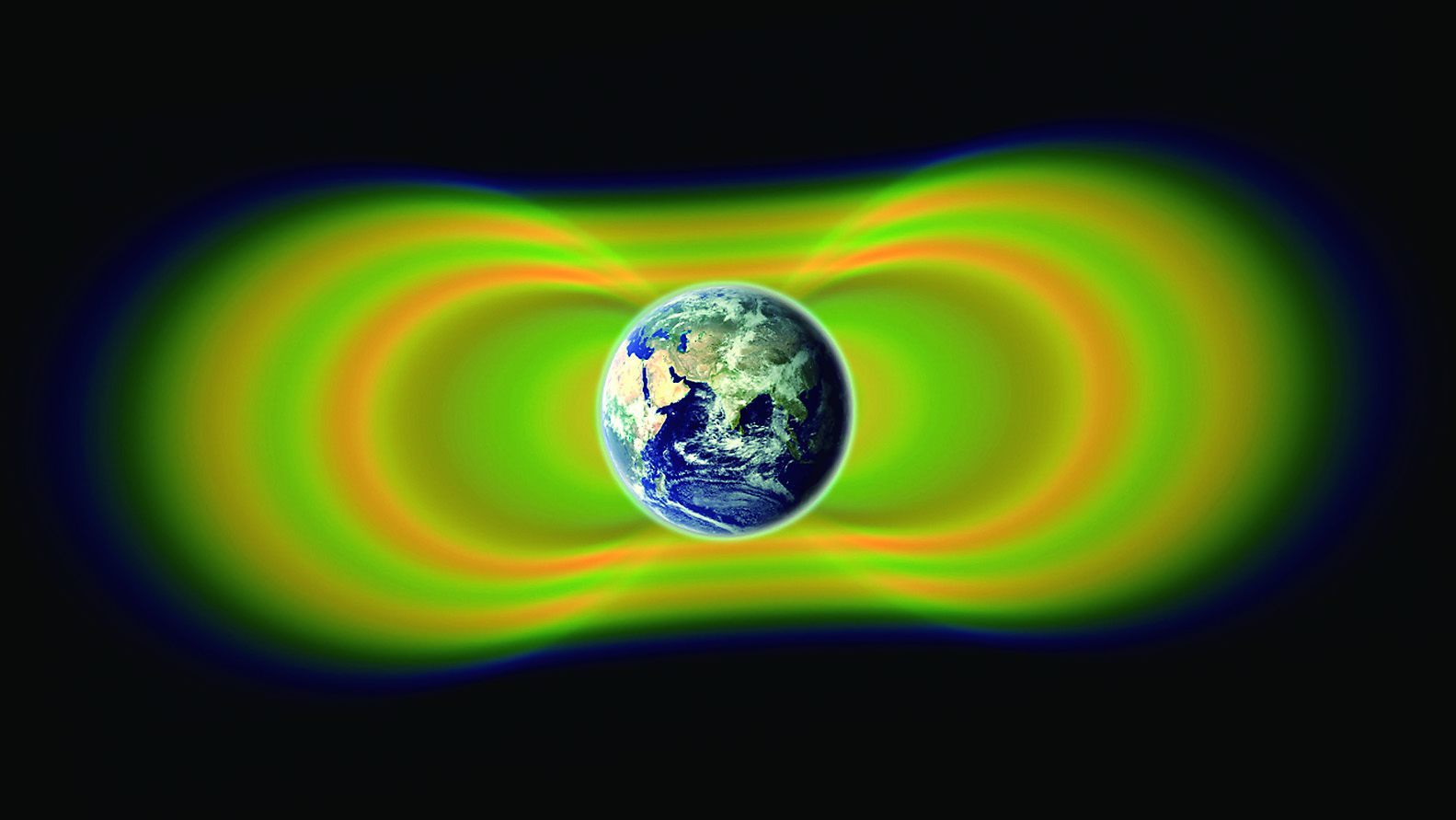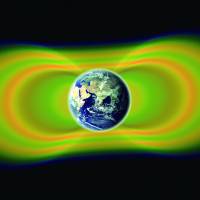NASA probes that are exploring the twin Van Allen radiation belts encircling the Earth have spied a third band of radiation that burst into view and then disappeared, scientists reported Thursday.
The discovery of the temporary band of high-energy electrons has stunned scientists and is forcing a rethink of the radiation environment above Earth, with implications for proposed human deep-space missions.
In 1958, early NASA satellites recorded two zones of dangerous electron and proton radiation extending 20,000 km beyond Earth. Named for scientist James Van Allen, the dual donut-shaped regions were the first major discovery of the space age.
Last Aug. 30, NASA launched the twin probes to provide a deeper understanding of the region. A radiation-detection instrument was scheduled to be switched on a month later, but mission scientists decided to turn it on early.
Three days after launch, and just a day after the instrument powered up, the third belt appeared.
The third belt, which formed between the two known belts, disappeared about a month later when a blast of energy from the sun blew past Earth.
Researchers are now puzzling over the temporary band of high-energy electrons. They are trying to understand why it did not quickly merge with the outer belt, as predicted by current understanding of the physics of the region.




